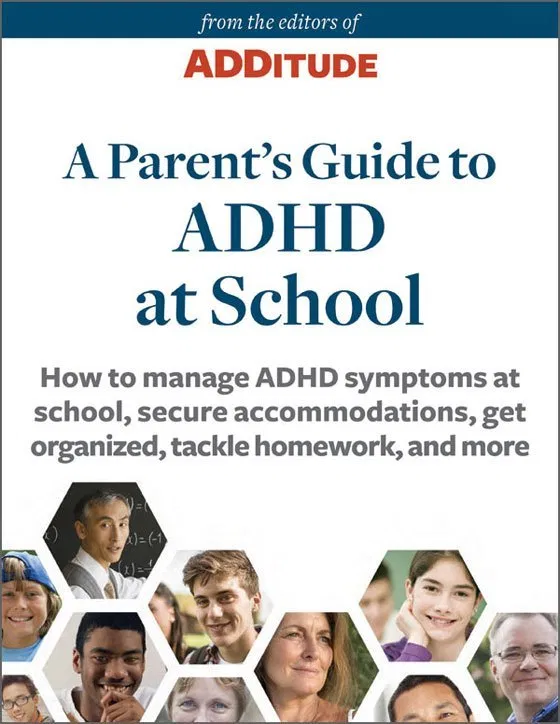A Leader’s Guide to Talking About Bias
 Traditionally, racism is often represented as a binary — you’re either a racist or you’re not. Coauthors Sarah Fiarman and Tracey Benson observe in their book, Unconscious Bias in Schools: A Developmental Approach to Exploring Race and Racism, that this typically means well-intentioned white educators “spend all their effort ducking and dodging the racist label and they miss opportunities to reduce the effects of racism on their students.”
Traditionally, racism is often represented as a binary — you’re either a racist or you’re not. Coauthors Sarah Fiarman and Tracey Benson observe in their book, Unconscious Bias in Schools: A Developmental Approach to Exploring Race and Racism, that this typically means well-intentioned white educators “spend all their effort ducking and dodging the racist label and they miss opportunities to reduce the effects of racism on their students.”
For educators of color, operating within a racist/non-racist binary mindset can inhibit collaboration when they believe some white colleagues are incapable of growth. As Fiarman and Benson observe, the binary mindset often positions good intentions and biased behavior as mutually exclusive. However, it’s possible to act with good intentions and still perpetuate systemic bias.
“The problem is not whether people in the room can be categorized as racist or nonracist,” they write. “The crux of the problem is that educators act in racially biased ways without realizing it. These actions have an impact on students. If we as educators want our actions to change, we need to be able to talk about our actions objectively.”
The challenge, then, is to adopt a mindset that can work through discomfort and view mistakes as learning opportunities. Benson and Fiarman provide recommendations that leaders can use to help guide open and authentic conversations about bias in their schools.
Fiarman and Benson note that the leader’s job is to call attention to racism and learn how it operates, not to try to absolve themselves or community members from the unintentional yet harmful impact their unconscious bias has on others.
To set the right tone, Fiarman and Benson recommend the following:
- Start with yourself. Leaders of all racial backgrounds can question their own biases, making sure to understand common stumbling blocks, before asking staff to do the same. However, unconscious bias is exactly what its name suggests — unconscious. Leave time and space to listen to feedback and reflect. Make an effort to honestly investigate the question: How might my biases be influencing my actions right now?
- Grant permission to yourself and your staff to be learners. Expect to make mistakes. Know it won’t go right on the first try. But don’t let that deter you — think about what you can learn from that mistake and be prepared to try again
- Identify a stumbling block and work toward a manageable goal. Maybe you notice naming race in mixed-race settings makes you uncomfortable. With this knowledge, how can you move forward? Maybe you find you could listen more or call out racism more explicitly. What steps can you take to ensure you do so? Or maybe you’ve been feeling stuck. Is the binary mindset limiting your picture of growth?
Excerpted from “A Leader’s Guide to Talking About Bias” in Usable Knowledge, an online publication from the Harvard Graduate School of Education. Read the full article.
Source: Harvard Graduate School of Education | A Leader’s Guide to Talking About Bias, https://www.gse.harvard.edu/news/uk/20/08/leaders-guide-talking-about-bias |©2020 President and Fellows of Harvard College
CHC offers free community education sessions for educators. Join us to learn practical teaching strategies you can use in your classroom to help more kids reach their promise and potential. Educator sessions are led by experienced educator/clinician teams from Sand Hill School and CHC.





